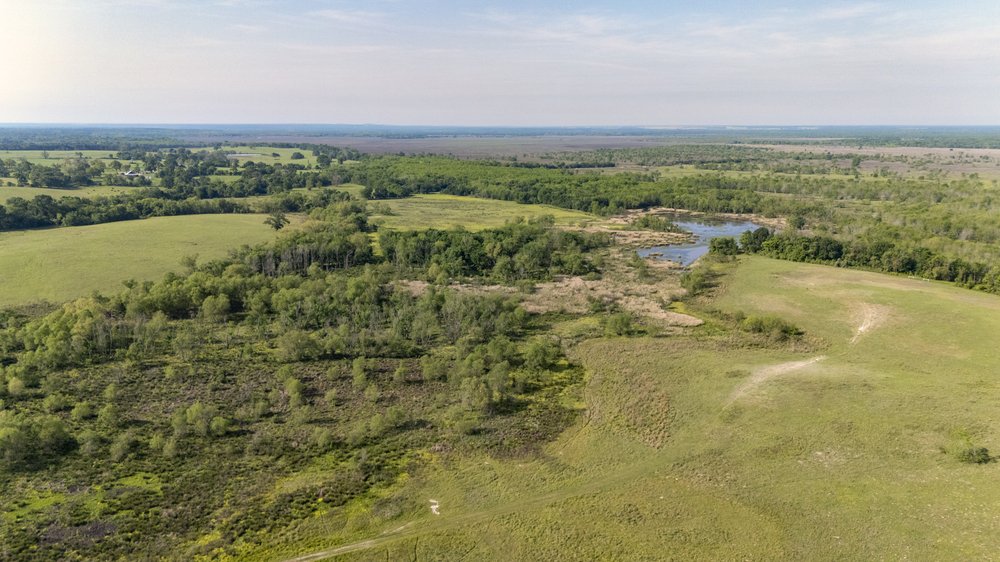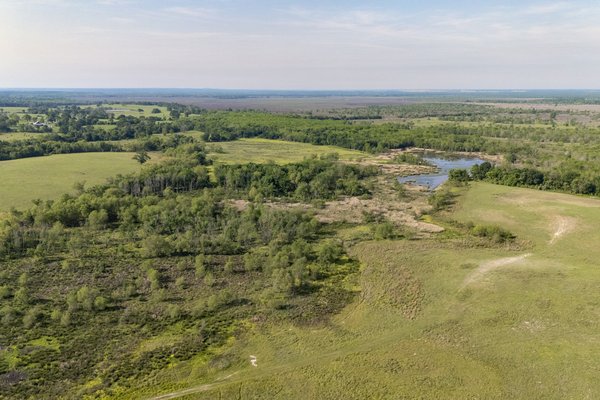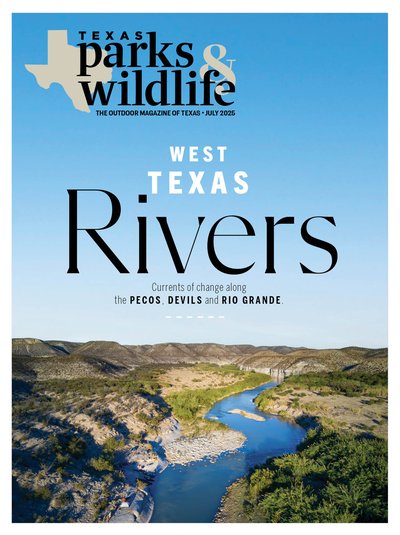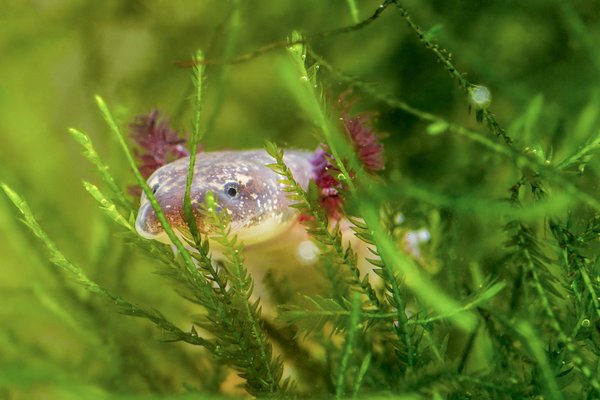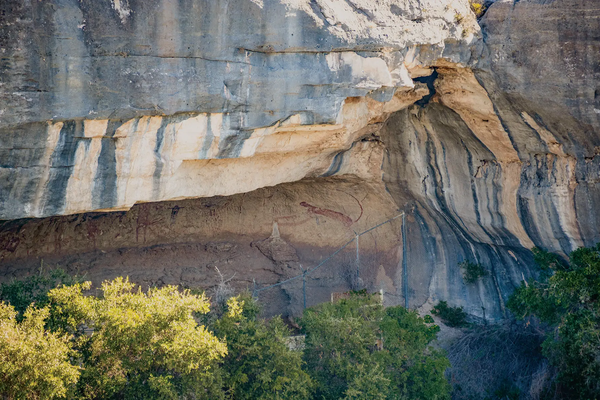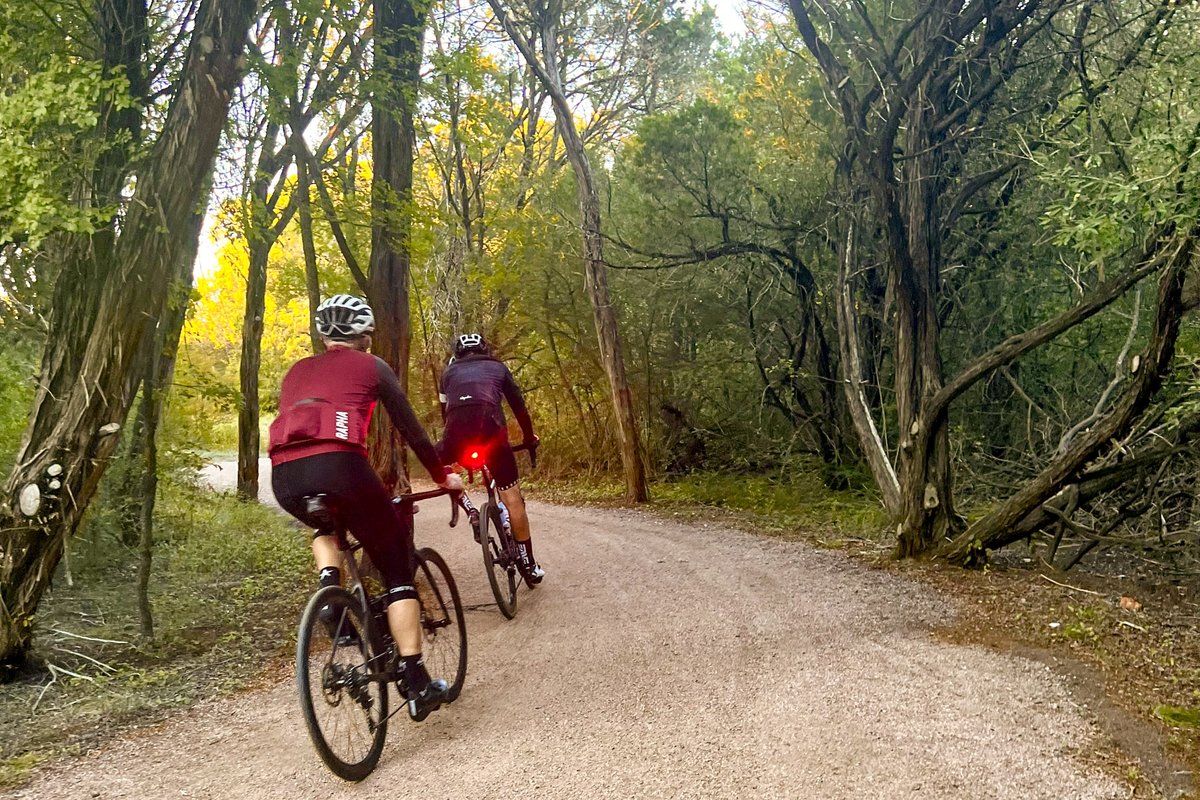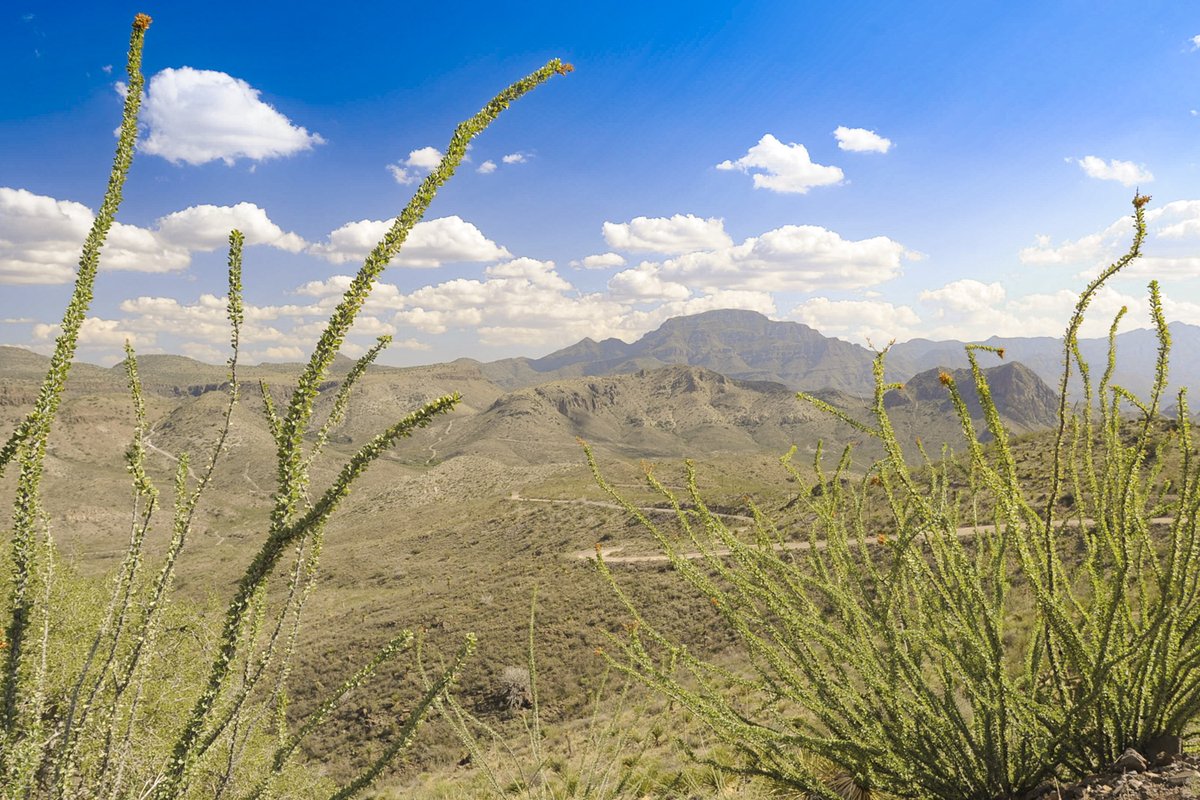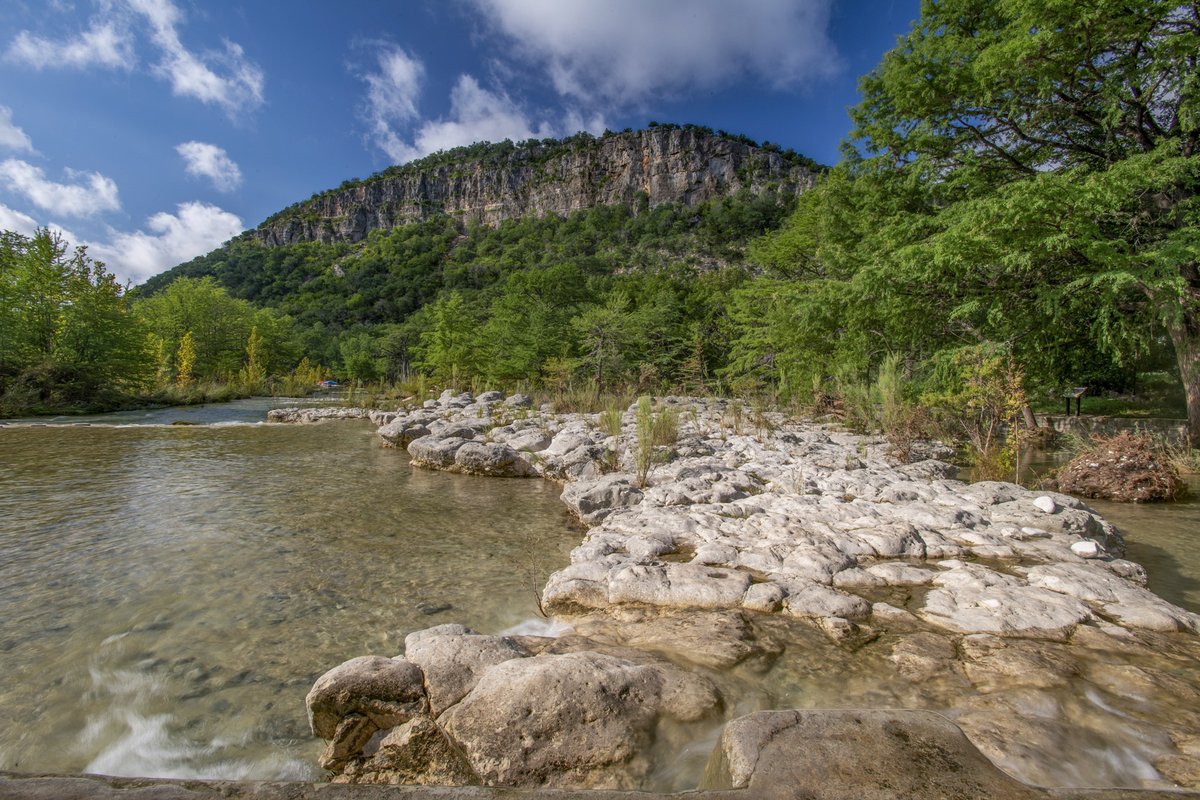The Texas Parks and Wildlife Department has gone both east and west in its latest acquisitions of land for wildlife management areas. The two new properties lie along some of Texas' most storied rivers — the Trinity and the Rio Grande.
The East Texas property, 6,900 acres in Anderson County, will become the first new East Texas WMA in nearly two decades. The West Texas property fills in a gap between Big Bend National Park and Black Gap Wildlife Management Area and serves as a key access point for Rio Grande paddlers.
Trinity River WMA is the newest addition to the Middle Trinity River Ecosystem Project, which includes Gus Engeling, Richland Creek, Big Lake Bottom and Keechi Creek WMAs. Together, these properties protect more than 38,000 acres in East Texas. The newly acquired property adds 11.3 miles of Trinity River frontage, giving TPWD more than 25 miles of riverbank conservation along this important corridor for migratory birds.
The management and restoration of both the Trinity River and Richland Creek WMAs gives TPWD the opportunity for “wall-to-wall” bottomland conservation across the entire east-west width of the Trinity River basin on more than 21,000 contiguous acres. These efforts will aim to slow waters during flooding events, allowing for natural river sediment to settle across the floodplain rather than downstream in areas where concentrated deposits cause environmental problems.
Wetland restoration and creation will be a primary effort, along with work focused on rebuilding bottomland hardwood on the Trinity River. Prairie restoration efforts will occur on the upland acres on the northern end of the property. These efforts will benefit numerous species, including waterfowl, shorebirds, neotropical migratory birds, butterflies and other wildlife.
“The establishment of the Trinity River WMA presents an opportunity for the conservation and management of an ecologically unique and important habitat,” says TPWD Executive Director David Yoskowitz. “Partnerships with organizations like the Texas Parks and Wildlife Foundation, the U.S. Fish and Wildlife Service and Knobloch Family Foundation make historic land purchases like this possible.”
The late Jackie Gragg, whose family owned the property, enjoyed seeing the blooming dogwood trees at the nearby Gus Engeling WMA and had a vision of her land being managed and protected in a similar fashion. The Gragg family worked closely with TPWD staff over the course of a year and a half to make this new WMA a reality.
During the 88th legislative session, $10 million in Migratory Game Bird Stamp Funds were appropriated to TPWD for the acquisition of new wildlife management areas. A portion of these funds, along with a grant awarded to the Texas Parks and Wildlife Foundation from the Knobloch Family Foundation, provided the primary match for a Federal Aid in Wildlife Restoration grant from the U.S. Fish and Wildlife Service.
In West Texas, the acquisition of Heath Canyon Ranch ensures protection of a stretch of Rio Grande riverfront between Big Bend National Park and Black Gap Wildlife Management Area. The property includes 1.2 miles of river frontage on a stretch of the Rio Grande that flows year-round and is an important take-out and put-in site for river paddlers. The ranch is the exit point for the popular Boquillas Canyon river trip through Big Bend National Park and is the launch point for the remote and scenic Lower Canyons of the Rio Grande.
Heath Canyon Ranch once created a considerable gap in a vast area of protected lands. Its purchase preserves a tract of high-quality, relatively unaltered wildlife habitat surrounded by other protected areas. This place of high ecological diversity serves as a refuge for a variety of species, including more than 250 plant species.
“We are thrilled that the property is now in the hands of TPWD, and that this beautiful location along the river will continue to be available for the enjoyment of Texans and visitors alike while ensuring the protection of the habitat for wildlife to thrive,” says Suzanne Scott, state director for The Nature Conservancy in Texas, which bought the 671-acre property to be managed by TPWD.
TNC purchased the property, which will be managed as part of the Black Gap Wildlife Management Area, for nearly $1.2 million with funding from the Horizon Foundation, WoodNext Foundation, Texas Parks and Wildlife Foundation and Meta Alice Keith Bratten Foundation.
“We are fortunate to have TNC as a conservation partner, and through their generous support, TPWD is able to grow our public lands footprint,” says Alan Cain, director of TPWD's Wildlife Division. “The Heath Canyon addition will expand outdoor recreational opportunities from river access to hiking, wildlife viewing and public hunting. We are excited for Texans to enjoy this unique property.”
